What Is Steam Deck? Everything you ever wanted
Valve Steam Deck has been live for a while, there are still a lot of people who are still undecided as to whether they should get one. There are those who do not see the big deal and might be inclined to ask this very question, what is steam deck?
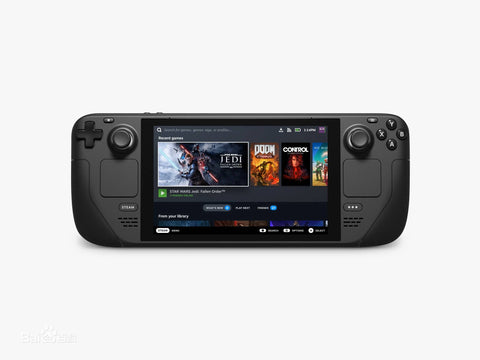
There are also those who are pretty curious and want as much information about the steam deck as they can get.
If you fall into any of these categories, no more worries. You can find everything you need to know about 2022's most popular PC gaming system on this exhaustive list that we have compiled just for you. Here is our Steam Deck review:
What Is the Steam Deck?
Valve has entered the portable gaming market with their Steam Deck, a machine that takes inspiration from Nintendo's Switch console but uses standard PC hardware. As such, when compared to other portable game devices, it can play way more games since it runs a full desktop operating system.
The Valve Steam Deck makes use of Valve's Linux-based operating system, the SteamOS. The Steam Machine foundation is there, but the Steam Deck has a much narrower focus and doesn't aim to replace gaming PCs. It uses Linux, but the SteamOS front end is very easy to use. Linux's core operating system features a complete desktop environment, providing plenty of room for customization and retro game simulation.
Designed with Steam gamers in mind, it mimics the form factor of the Nintendo Switch while also allowing users to hook it up to a screen and use standard gaming peripherals like joysticks, buttons, and keyboards. Users can play games that were built for Windows using Proton and they have the option of suspending and resuming games as is obtainable on other portable gaming devices.
The Steam Deck is a very powerful device in a portable body, even though it is quite chunky and it has a reasonable starting price. Its introduction could be the biggest change in the PC gaming market in years, thanks to its unprecedented low price and the incredibly popular Steam platform that Valve put into the hardware.
Specs of the Steam Deck
Here is a rundown of our Steam Deck review on the specifications of the gaming system:
Appearance
The Steam Deck is on the bulky side of what you might call a portable gaming system, with its nearly foot-wide form factor and weight of almost a pound and a half. Although both the Nintendo Switch and the Steam Deck have 7-inch screens, the Switch is over two inches thinner and half a pound lighter when paired with its Joy-Con controllers. The Steam Deck can be stored in a bag, but it is too huge to play when bundled up on the subway.
The Steam Deck's non-removable, oversized control surfaces, and grips take up a sizable chunk of the device's overall footprint. All the usual controls are here, including the left and right analog sticks, four menu buttons, a direction pad, and four face buttons.
Square-shaped touchpads are located above the Steam and Options buttons, right below the analog sticks In a nice touch, the width of the grips ensures that your thumbs and the flesh of your palms do not unintentionally touch the trackpads or block the speakers, placed under the Steam and Options buttons.
On the top panel of the Steam Deck are the usual L1/R1 bumpers and L2/R2 triggers, though the bumpers are slightly too high for fast, comfortable pressing. Power and volume controls, a 3.5mm socket for headphones, and a USB-C charging port round out the package and a microSD card slot is located on the device's bottom edge.
You can find the L4/L5 and R4/R5 buttons at the back of the device around where you would naturally place your middle and ring fingers. The buttons may feel a little too rigid and too shallow, but the extra inputs they enable are well worth the trade-off. The back panel includes a huge intake grille that interacts with an exhaust fan and a grille on the device's top edge to guarantee proper ventilation.
Performance and Connectivity
The processing in the Steam Deck is handled by an AMD APU, which integrates the central processing unit and graphics processing unit. The processor has a clock speed of 2.4 GHz to 3.5 GHz and contains four cores and eight threads.
However, you can choose from 64GB eMMC storage, 256GB NVMe SSD storage, or 512GB of high-speed NVME SSD storage. All of the models support external storage expansion via microSD, however, they may slow down the loading times of games.
The Steam Deck only has one USB 3.2 Gen 2 USB-C connector. However, it is capable of handling almost any wired connection including charging the Steam Deck. The Valve Steam Deck has visual and audio output through USB-C and DisplayPort 1.4. In case you were wondering, the Steam Deck is compatible with any regular USB-C dock, not allowing you to add more ports and an HDMI output, but also can connect with a Steam Deck Dock, or LapDock to round back to PC Steam, also known as steam deck desktop mode, like this video:
Display
In addition to its impressive processing power, the Valve Steam Deck also features a vivid 7-inch IPS LCD panel with touchscreen support. With a native resolution of 1280 x 800 and an average brightness rating of 400 nits, this optically bonded IPS LCD panel offers superb color depth. Some games show the beautiful and dynamic range of colors the screen offers.
Nonetheless, the screen's performance in darker games can be quite dissatisfying. When playing some games, the IPS glow around the screen's corners could become glaring. The ambient light sensor still performs a respectable job of reducing the screen's brightness when playing in less-lit locations, although you may not be able to eliminate the edge glow.
Audio
The quality of the sound coming from the built-in dual speakers is superb. These drivers are really powerful, and they do not lose clarity at high levels. The Steam Deck supports Bluetooth 5.0 and includes a 3.5mm headset connector for private listening.
Battery Life
Just like any other portable device, the Valve Steam Deck's battery life varies depending on how you use it. Valve estimates that "2 to 8 hours of gameplay" may be achieved with the Steam Deck's internal 40-watt battery.
Typically, more demanding games with greater graphics settings are likely to deplete the battery life faster. Newer games, especially those with high graphics and processing demands like some 3D games, may only provide 90 minutes of playtime on a single charge, whereas older games with lower demands may provide as much as 6 to 7 hours.
Changing settings like graphics intensity and screen brightness will help you get more out of your battery life. The Steam Deck has a 45-watt USB-C charger built right in, and a full charge takes around three hours when the device is turned off and not being used.
When Is the Steam Deck Release Date?
In February of 2022, the much anticipated Steam Deck handheld console finally began arriving from Valve.
Keep in mind that Valve scheduled the Steam Deck Release Date for December with shipping to commence shortly after customers had placed their Steam Deck pre-orders. Valve eventually had to postpone its Steam Deck release date by two months due to supply chain concerns.
You can now place your Steam Deck pre-order for available units on the Steam website. For just $5, you can place a Steam Deck pre-order for one of the three versions of the Deck, with the cost being applied to the final price of the Deck. Make sure your Steam account is in good standing and has some purchases on it before June 2021 so that you can place your Steam Deck pre-order.
There will be a waiting list once you have made a Steam Deck pre-order and you will be notified once it is available for you to make a purchase.
What Is the Steam Deck Price?
There are three distinct models available, each with a different Steam Deck price tag according to the amount of space they provide. The Steam Deck price is $399, $529, and $649 for the 64GB, 256GB and 512GB versions respectively.
Higher Steam Deck Price comes with faster NVMe SSD storage, while the cheapest Steam Deck Price is advertised with a 64GB eMMC storage solution. A MicroSD card can be used to expand storage space on any of the three models.
Is a Steam Deck Worth Buying?
The Valve Steam Deck is a great option if you value high-quality portable gaming, have a large collection of Steam titles, and appreciate minimalism and efficiency.
If you are using the keyboard model, you can enjoy the operating experience of a desktop computer while using a extra monitor. This is an excellent feature that pushes the boundaries of gaming even further, enhancing gaming experience significantly.
Conclusion
The Steam Deck revolutionizes the way gamers may enjoy their Steam libraries with its great design and impressive capabilities. Its brilliant features include its aggressive form factor, its strong gamepad, and its remarkable focus on ergonomic design. The Steam Deck is nearly flawless, but it does have a few minor flaws. We hope this Steam Deck review has helped.




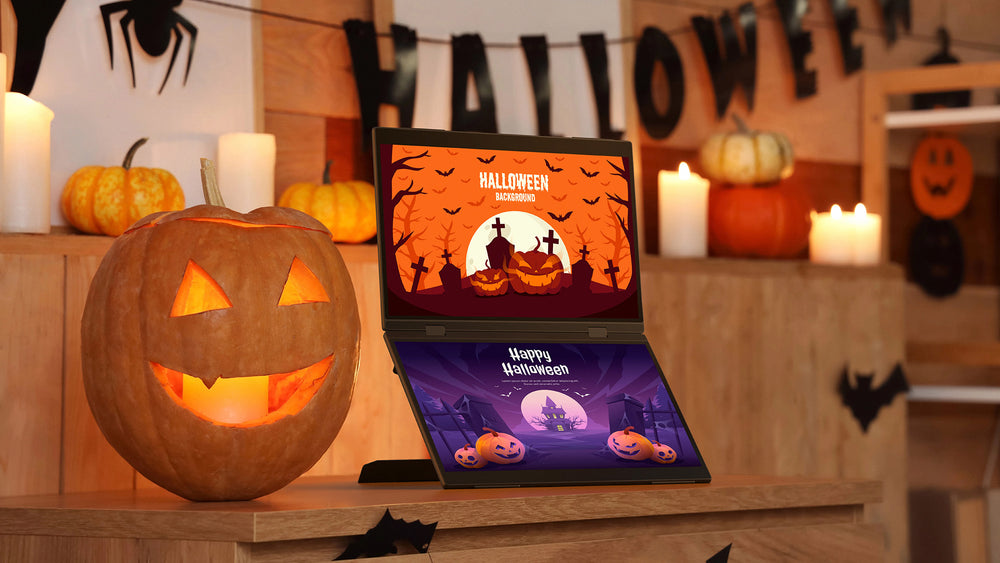
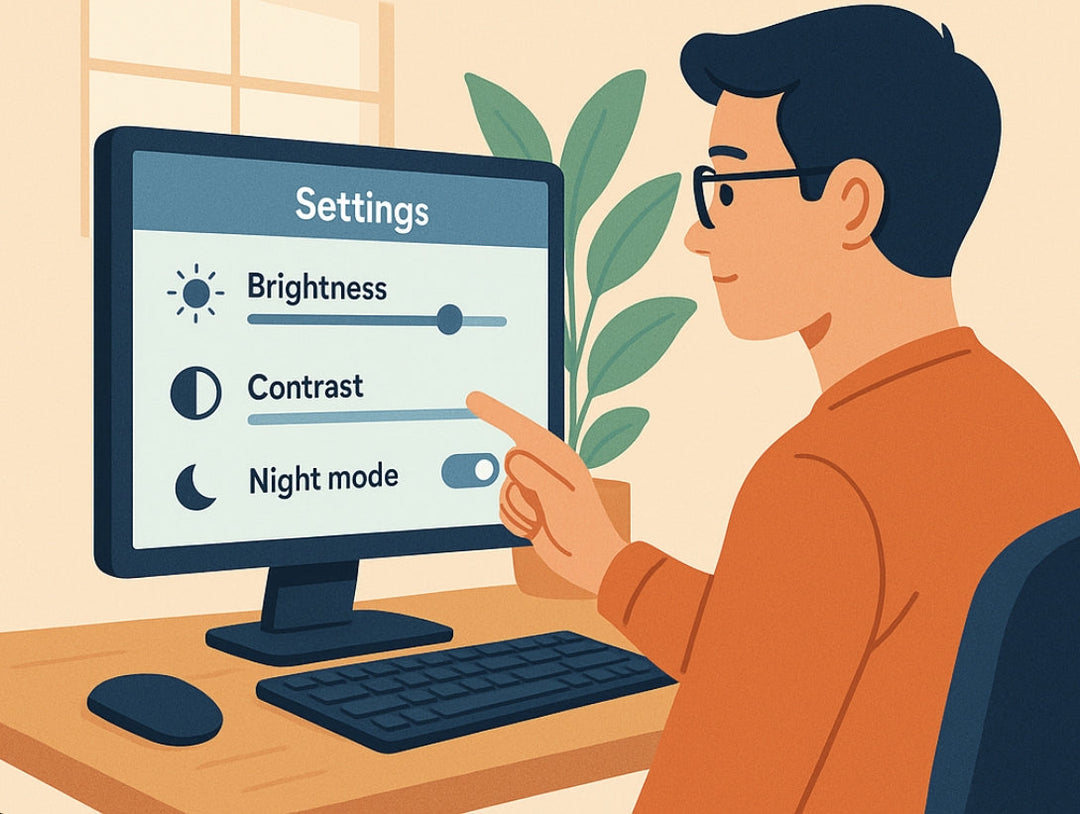
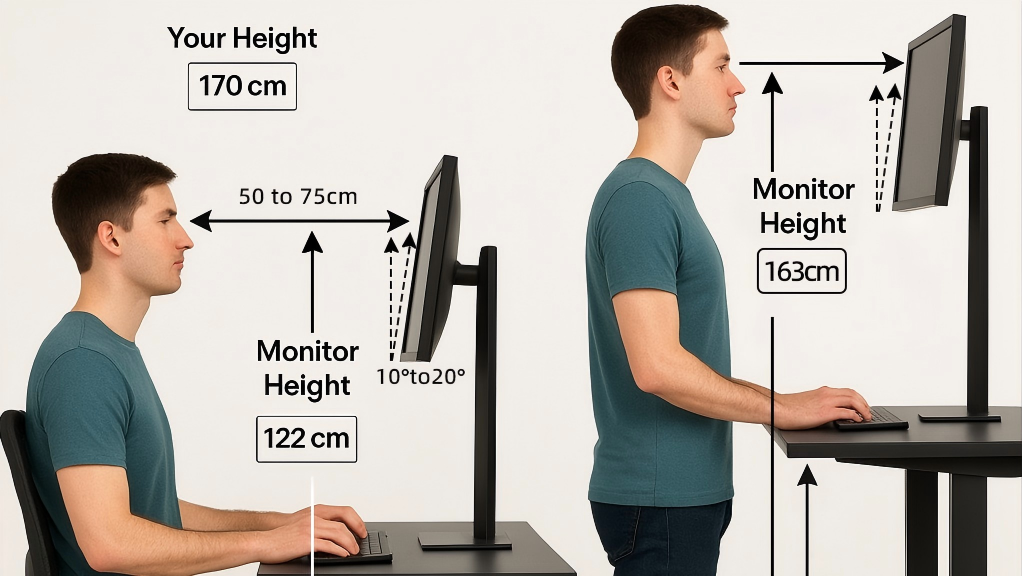

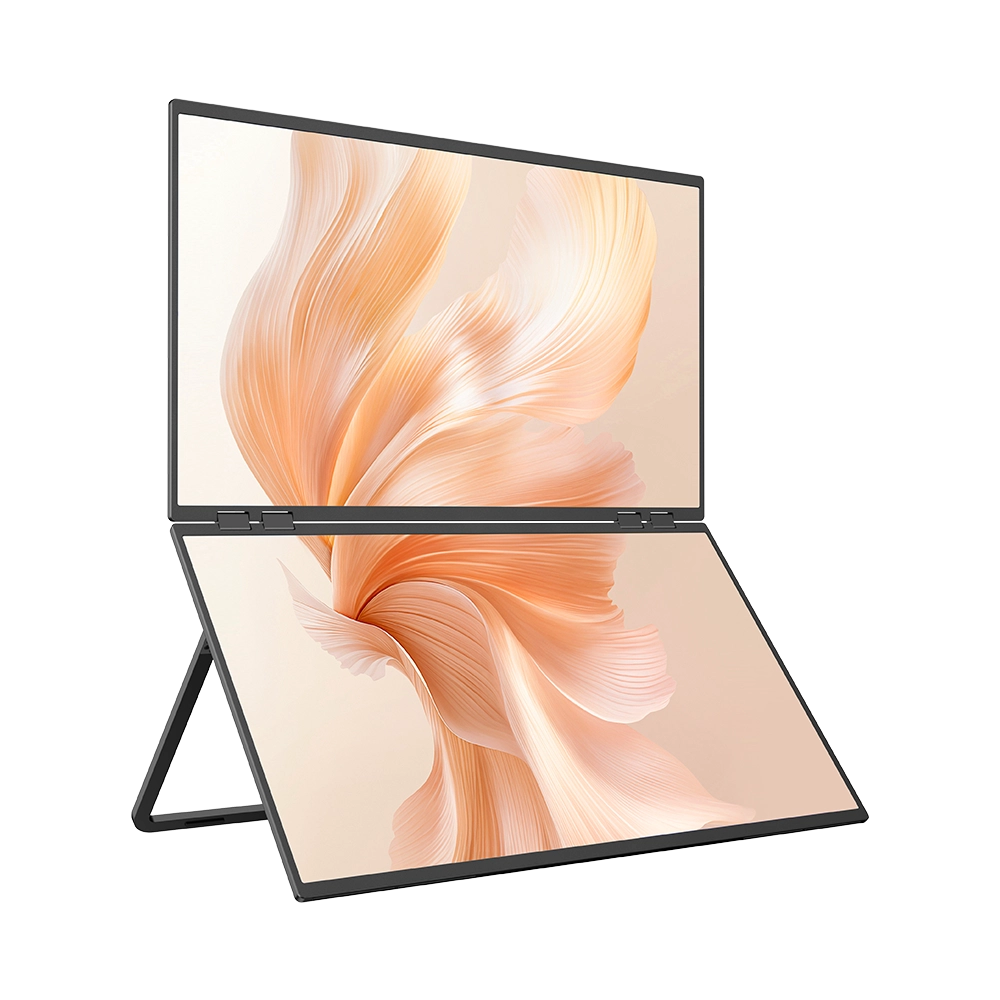
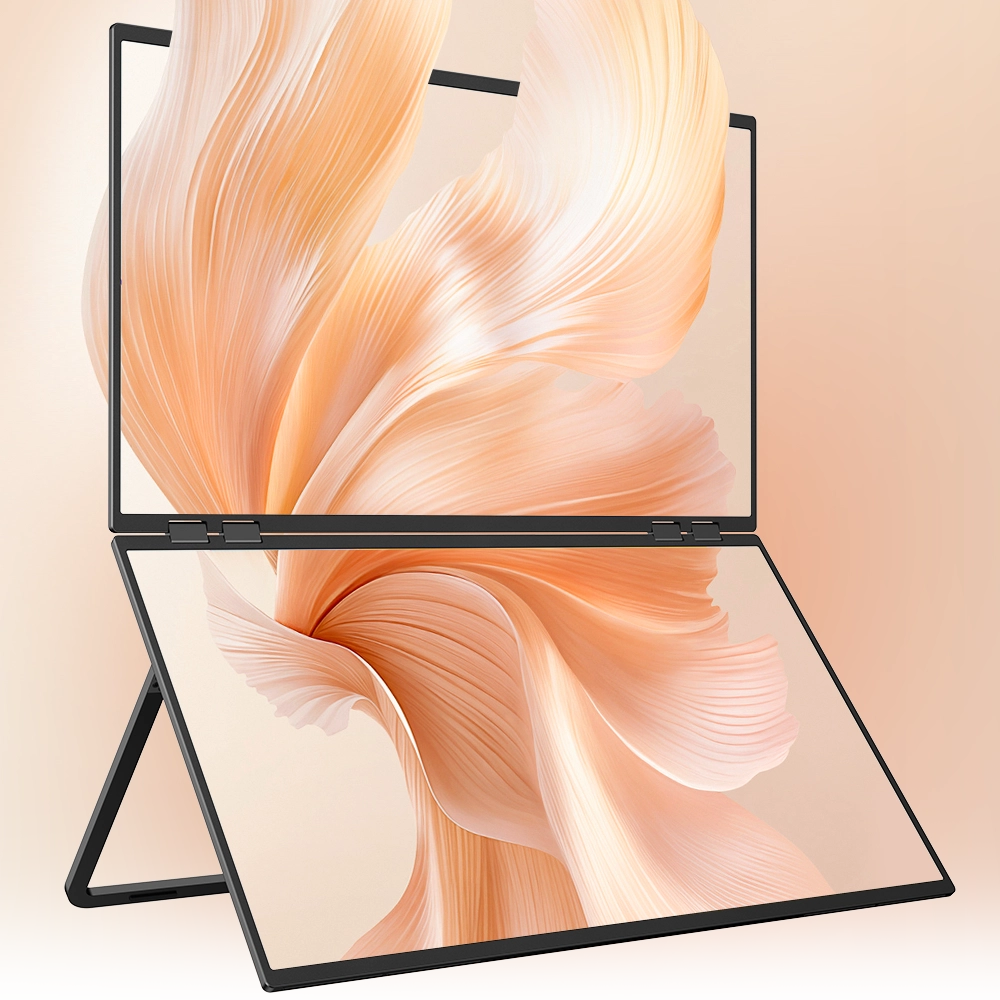
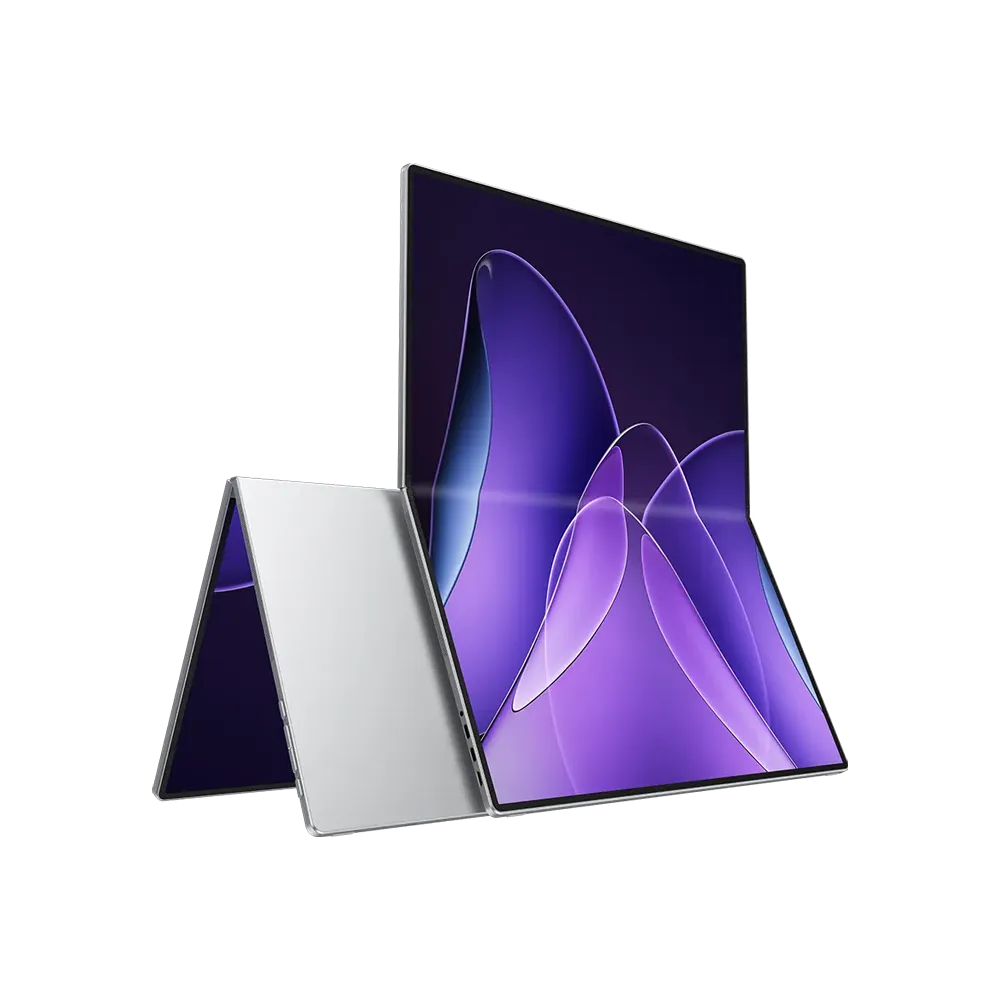

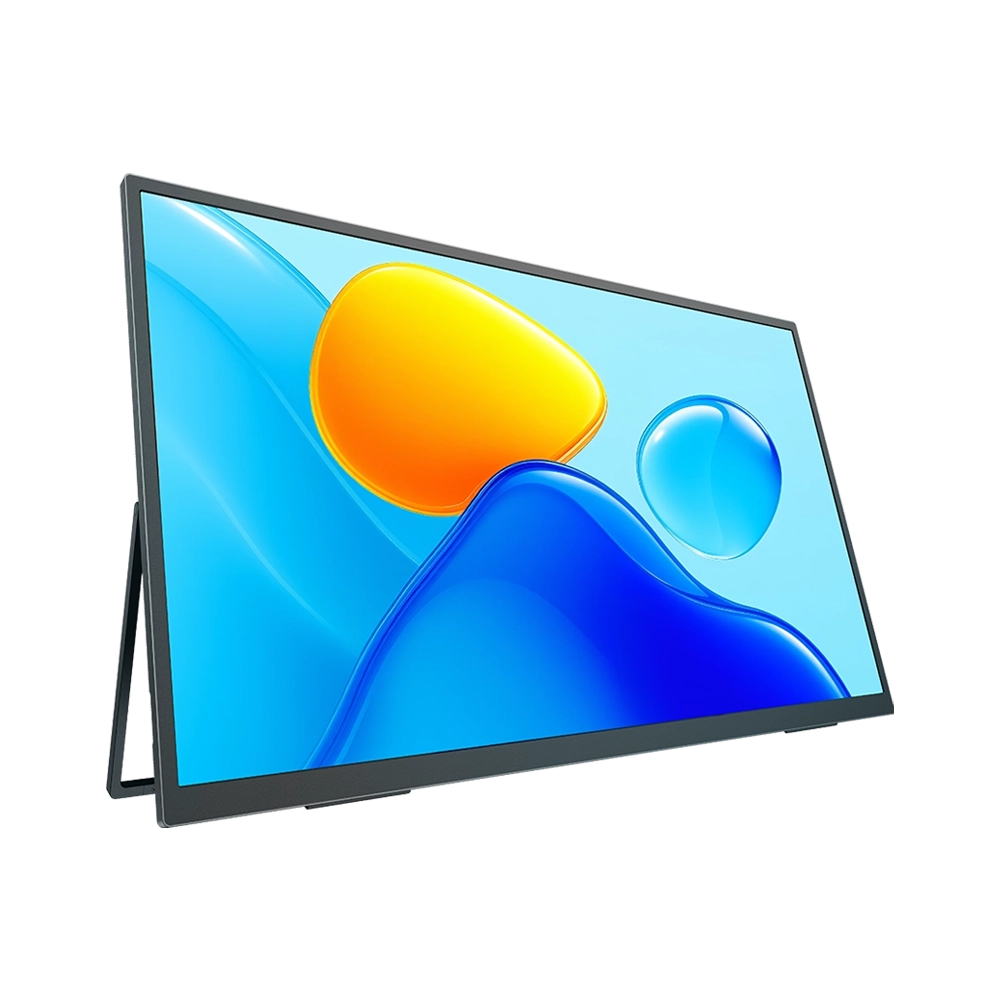
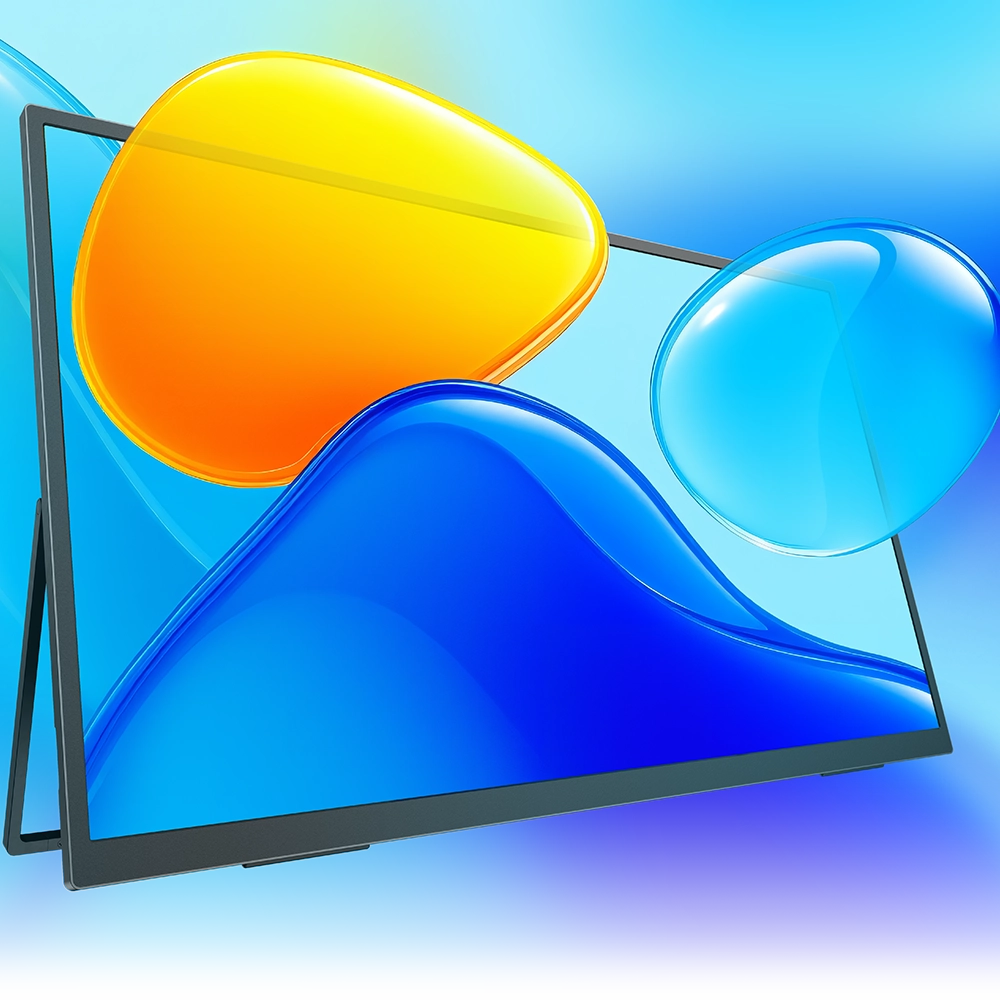
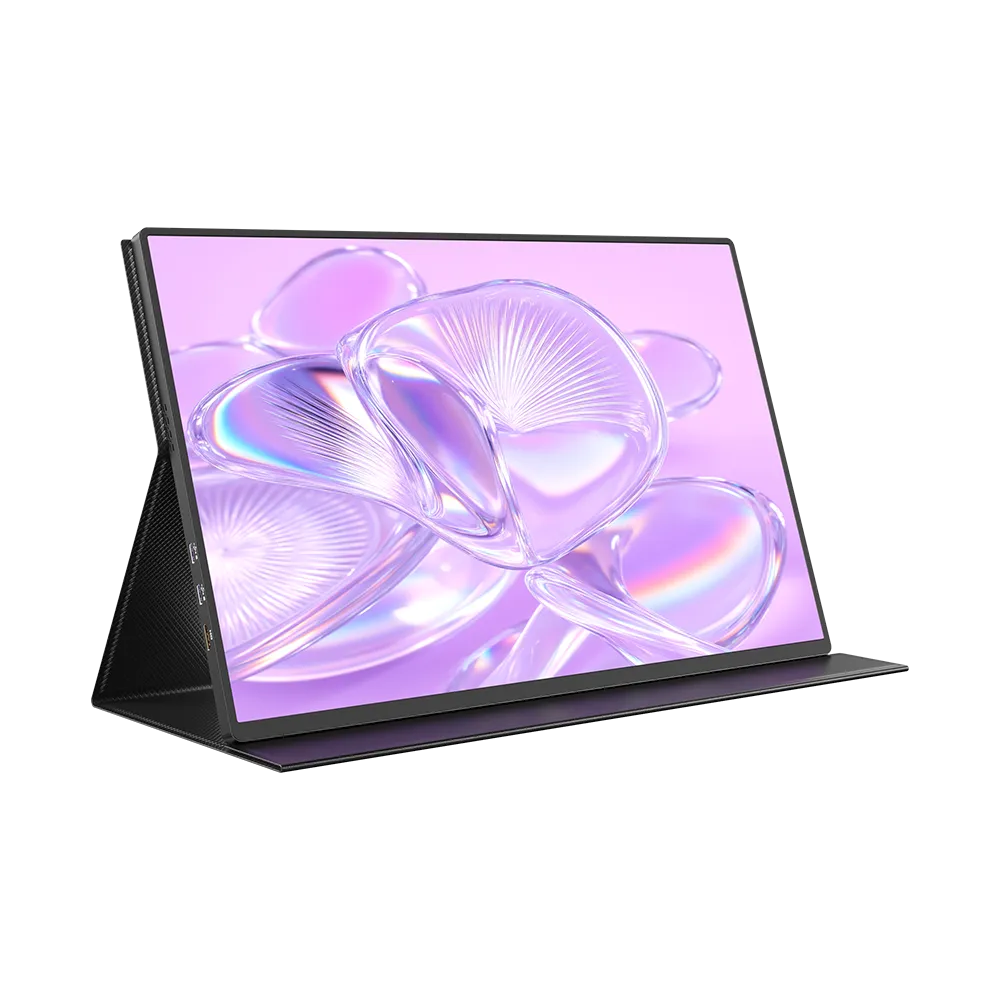
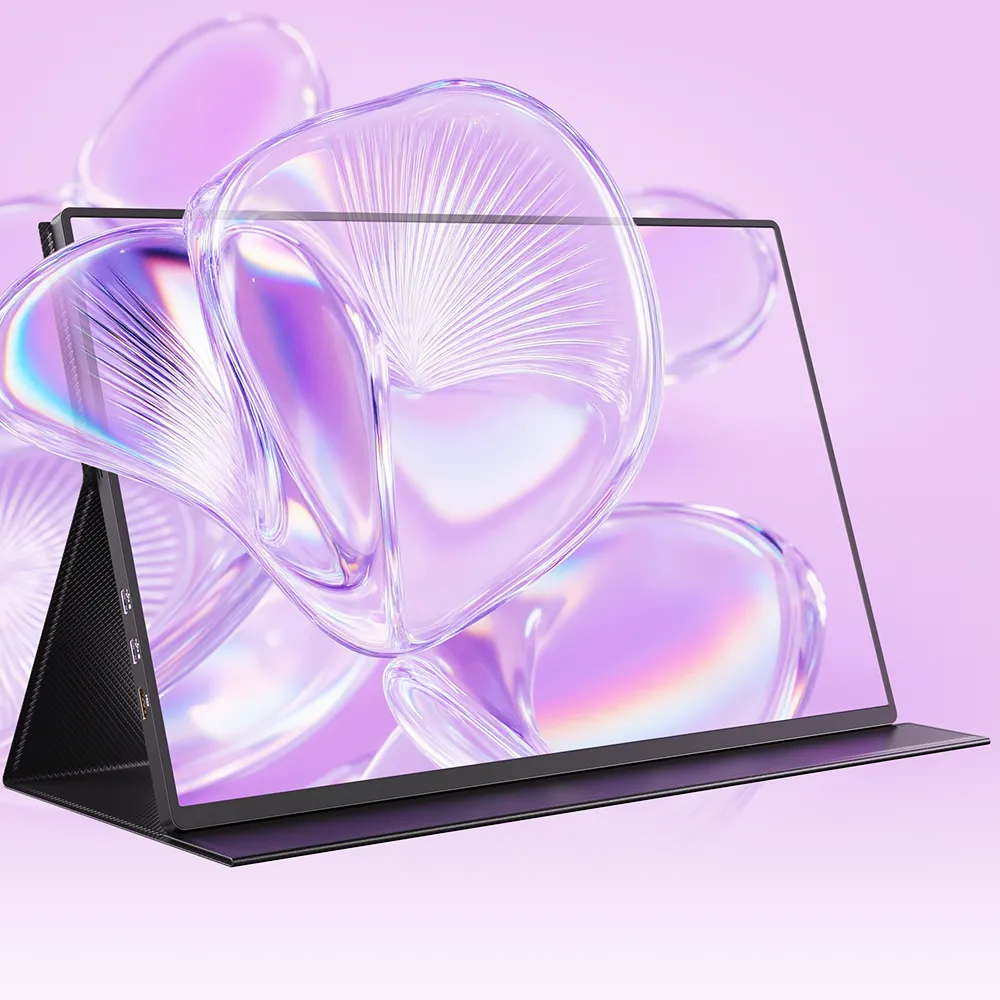

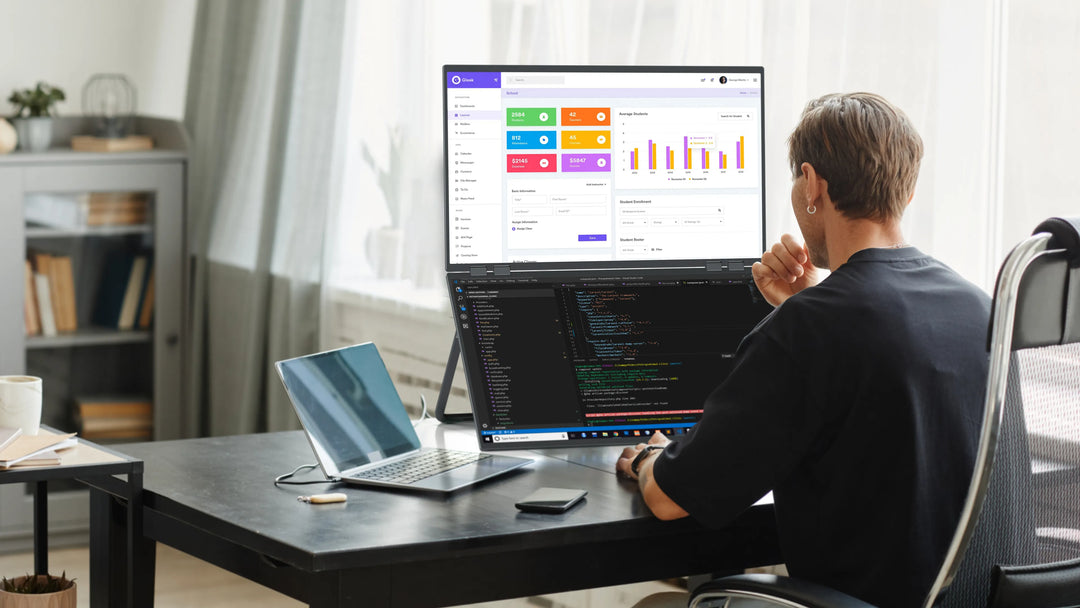

Leave a comment